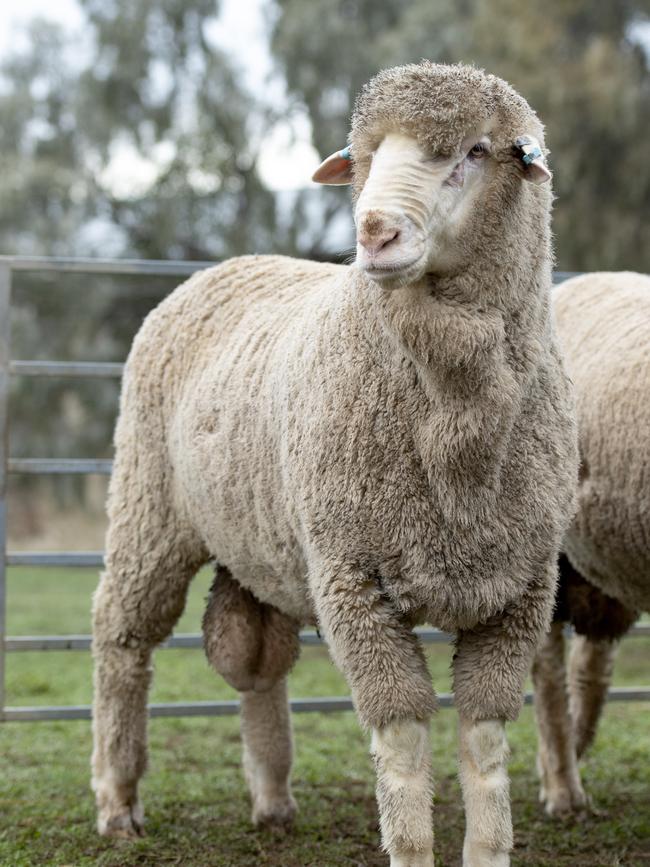Sheep sustainability: Why Australian farmers are happier than most
Australian sheep farmers are on average more satisfied with their quality of life than the majority of Australians, a new survey has revealed.
Australian sheep producers are some of the most “satisfied” in the country, with new data showing producer’s standards of living, health, and sense of achievement higher than the overall population.
The latest Sheep Sustainability Framework report, launched today as part of LambEx 2024, showed surveyed sheep producers rated their life, personal relationships, safety, sense of community connection and future security at 76.1 per cent.
That figure was higher than the global life satisfaction figure of 69.4 per cent for all Australians.
The fourth annual report, which also tracks the performance of the sheep and wool industry, included four new metrics including data on biodiversity, which showed more than 72 per cent of surveyed producers are working to measure, maintain, or enhance biodiversity.
SSF board independent chair Angus Gidley-Baird said the numbers in the report demonstrated growth in producer investment in sustainability measures, despite tough conditions in parts of southern Australia and poor prices in the second half of 2023.
“The volume of people employing carbon accounting methods has tripled, it’s still under 10 per cent but it has lifted,” Mr Gidley-Baird said.
“Use of pain relief generally has improved, and the gross value of sheep meat and greasy wool has seen a big increase.”
The report put the gross value of the Australian sheep meat and wool industry at $7.7 billion, an almost nine per cent lift in 12 months.

The report also showed growth in the percentage of wool declared non-mulesed, lifting from 15.8 per cent to 18.6 per cent for Merino, and 47.1 per cent for non-Merino, up from 40.1 per cent.
Mr Gidley-Baird said a range of factors was driving investment in sustainability measures.
“Whether it’s a supply chain question and customers are starting to ask these questions, or opportunities in certain markets,” Mr Gidley-Baird said.
“Those who can also identify on-farm efficiencies and productivity measures that can flow out of this, from a profitability point of view, the ability to measure some of these metrics shows where some of your gains could be, and leaning into those.”





